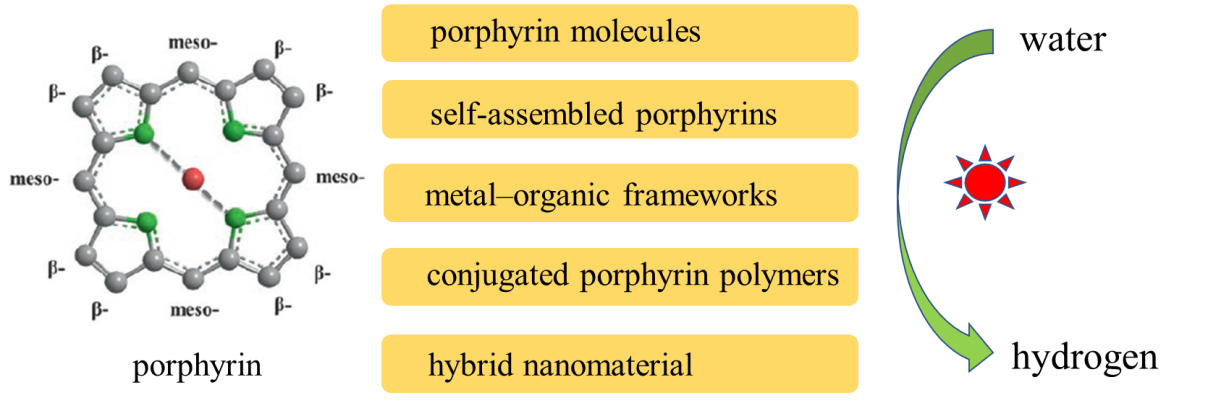Photocatalytic hydrogen production from water is a facile and clean approach to convert rich solar energy into chemical fuel. Developing efficient and robust catalysts to accelerate water-splitting speed is key. Porphyrins exist widely in green plants and are a key photosensitizer to absorb and transfer light energy to other parts of the photosynthesis system of plants. They are considered an ideal model to construct artifi cial photocatalysts for hot-carriermediated hydrogen production.
Recently, Professor Feng Bai's group reviewed the recent achievements in constructing porphyrin-based photocatalysts for hydrogen production, including porphyrin molecules, self-assembled porphyrins, metal–organic frameworks, conjugated porphyrin polymers, and hybrid nanomaterial-based photocatalysts. The design and synthesis principles, structure–property relationships, as well as urgent issues to be solved in the future for every type of photocatalyst are also discussed.

MRS Bulletin 2020, 45, 49-55.
Article link: https://www.cambridge.org/core/terms. https://doi.org/10.1557/mrs.2019.294